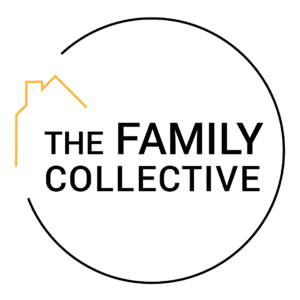HomeBridger™ App
An app for streamlining client intake and sharing data across agencies
The HomeBridger™ App is an ecosystem providing partners in the homeless space with a standard data model for client intake. With HomeBridger™, clients gain the ability to share that data among partners, giving them a guide for predictable pathways out of homelessness.
Since its inception, HomeBridger has helped over 10,000 individuals and families.
Case Study: Family Collective
The Problem
Family homelessness is complex, with the way to self-sufficiency unclear. Each family member may experience unique, sometimes multiple, challenges. Children in particular face many obstacles such as a lack of resources, frequent school changes, loss of school records, and emotional stress.
United Way of Greater Nashville’s Family Collective comprises 24 nonprofits and school systems, serving five counties in Middle Tennessee. Their services go beyond housing, providing wraparound and supportive services to unhoused families.
The partners provide many services including:
- Housing
- Financial assistance
- Workforce development
- Financial coaching
- Early childhood education
- K-12 education
- Out of school programming
The Family Collective tracks data on all of these services and aggregates the data to learn the best combination of programs and services. This data is essential to alleviating their clients’ poverty and homelessness.
When they approached us, Family Collective was using their own client management system (CMS) and granting access to the same for their partners. Many of these partners did not have their own CMS, but at the same time, the Family Collective CMS didn’t initially track every data point these partners needed.

The partners would ask for additional fields and features to be added to Family Collective’s CMS, which led to the system becoming unwieldy and difficult to maintain as Family Collective attempted to track all of their partners’ programs and services.
This was complicated by United Way’s plan to expand the geographical area serviced by Family Collective, which would involve adding even more partners. We determined that their CMS would need to move from a centralized model to a distributed model.
The Solution
Working with United Way, we developed a common data model for Family Collective, then created separate instances to be distributed to each of the partners. In other words, instead of sharing a single instance, each partner had their own HomeBridger CMS. Each nonprofit only has to enter its data once. It is then transferred to a data pool for common use. This data sharing is bi-directional, allowing data to stay in sync. Nonprofits can see the clients they have in common with and better coordinate care with one another.
After deduplication, data aggregates to United Way’s main CMS to allow system-level tracking. This automatic deduplication saves about 10 hours a week that Family Collective used to spend cleaning up their data. The high level tracking gives United Way a clear understanding of which families are receiving programs and services as well as outcomes.
These data systems also provide insights for fundraising, grants management, and volunteer management. This leads to improved sustainability, providing donor and volunteer data needed to diversify and increase nonprofit revenue. Nonprofits may also utilize their HomeBridger CMSs to track additional programs and services not part of the Family Collective.
Having a clear understanding of the clients they serve and the outcomes they achieve leads to improved impact reporting and potentially increased funding.
Outcomes
Since its inception, the HomeBridger implementations for Family Collective have led to:
- 779 families housed
- 20 adults (currently) enrolled in higher education
- 680 families prevented from homelessness
- 1,667 adults served
- 2,833 families served